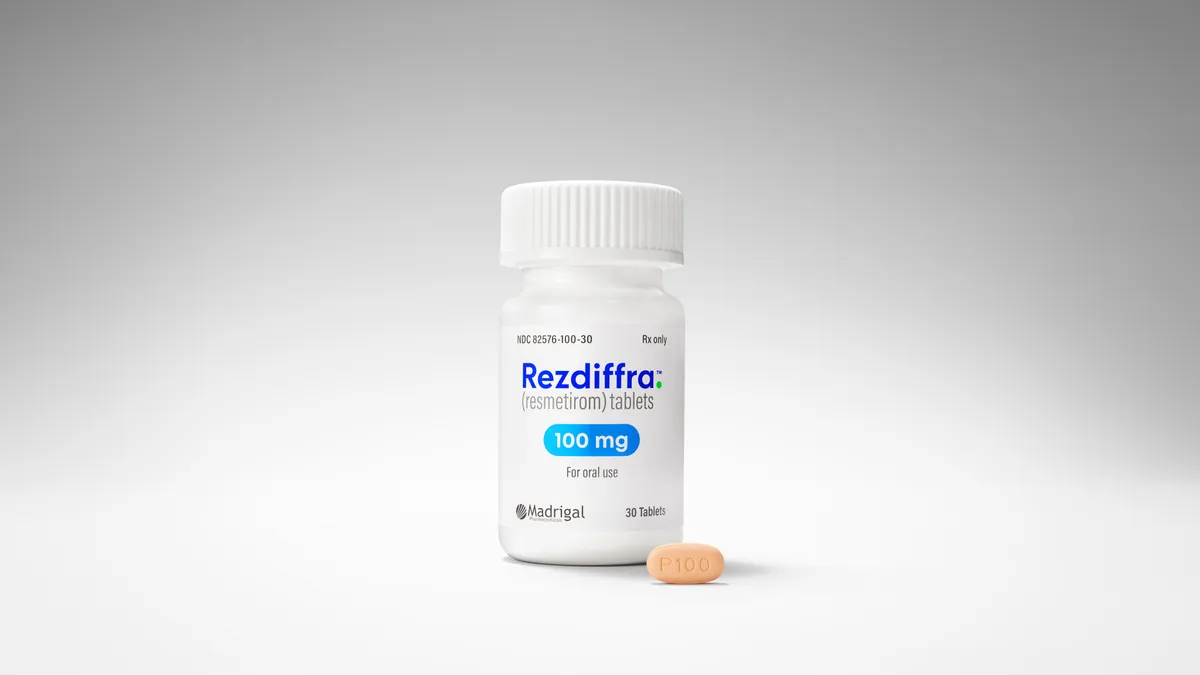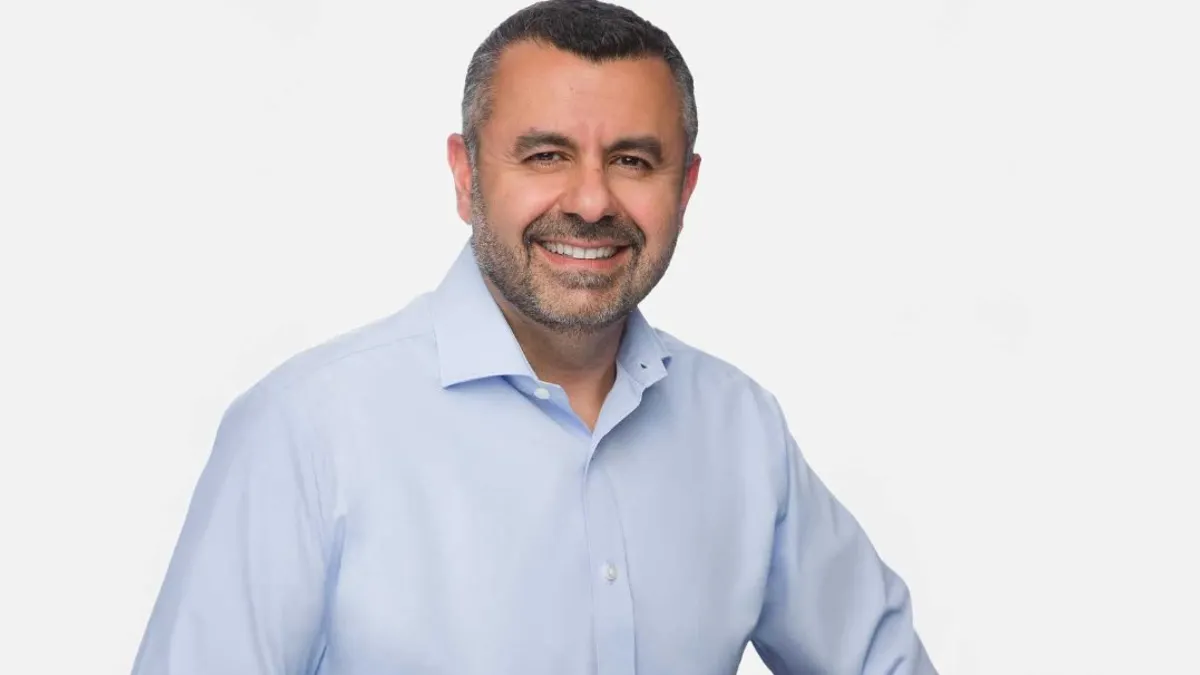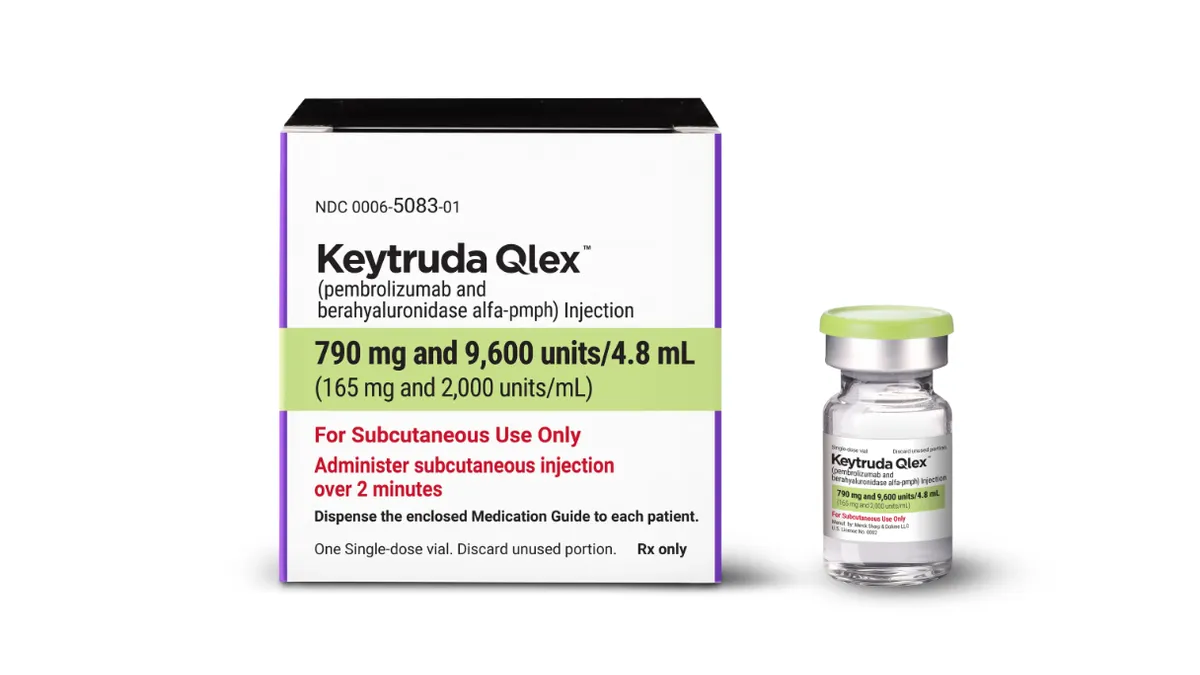The popularity of weight loss drugs is giving rise to a secondary market with big earning potential, and companies are clamoring for a piece of the action.
Obesity treatments from Novo Nordisk and Eli Lilly are poised to become some of the most popular drugs of all time — Novo’s Ozempic was already one of the best-selling drugs in 2023. And with more potential indications on the way, the sky is seemingly the limit for widespread GLP-1 sales.
Some estimates put the GLP-1 market at $100 billion or higher by 2030, and with so much growth on the horizon, businesses peripheral to the pharma world are embracing opportunities to cash in on supplemental products and services.
Budgeting benefits
With a list price of around $1,000 per month for Ozempic, huge U.S. uptake could wreak havoc on insurers. The high cost has worried lawmakers including Senator Bernie Sanders (D-VT), who said the “outrageously high price of [Novo’s] Wegovy and other weight loss drugs have the potential to bankrupt Medicare and our entire healthcare system.”
Currently, few insurers on the Affordable Care Act marketplace, which encompasses 45 million Americans, cover GLP-1 medications for weight loss. According to KFF, only 1% of ACA prescription drug plans cover Wegovy, which is approved for weight loss in obese or overweight adults and cardiovascular disease. Ozempic, which is only approved for diabetes, is covered by 82% of plans.
In the employer insurance market, GLP-1 coverage is growing, but only 34% of employers provide coverage for both diabetes and weight loss, according to a survey published in June by the International Foundation of Employee Benefit Plans. However, 19% of plans that currently only offer coverage for diabetes are considering expanding benefits to weight loss, creating potential opportunities for some providers.
Data analytics company Xevant and Ivim Health, which offers a GLP-1 program with both brand name drugs and compound semaglutide (the active ingredient in Ozempic), have teamed up to offer a medical weight loss corporate benefit, beginning Aug. 1. Dubbed Ivim at Work, the collaboration includes GLP-1 therapies with personalized support, as well as data analytics. The duo plugs it as beneficial to overall costs by decreasing the likelihood of chronic conditions caused by obesity that can otherwise increase those costs for employers. The program costs $135 per month per member.
The duo has already signed on with some employer plans and are currently in talks with “three of the largest healthcare brokers” of thousands of employer plans, Xevant CEO Brandon Newman told PharmaVoice.
Lifestyle support
Other companies are eyeing where they can jump in to support lifestyle changes for weight loss through GLP-1s. Major brands are offering new services, such as tailored diet plans by Weight Watchers, GNC’s recently launched support section and food subscription company Daily Harvest’s GLP-1 companion food collection.
Nestlé Health Science, which offers formulas and protein products geared toward specific diseases, is also getting in on the trend. The branch launched its web platform last month designed specifically for those using GLP-1 medications.
The website features nutrition products that may offset some of the side effects of the medications, such as muscle loss, dehydration and upset stomach. But the platform will also soon offer registered dietitians to support a patient’s diet, and there are a handful of “expert tip” videos discussing how to manage side effects and lose the most weight on GLP-1s.
The emergence of these services underscores the impact GLP-1 medications have had on lifestyle trends, and some of the programs are gaining thousands of users. Calibrate, a company with a GLP-1 program that includes medications, video coaching and insurance help, reached more than 16,000 members, according to its latest report.
Data tracking
Data companies are also finding new opportunities to offer services in the GLP-1 market.
AI platform Dandelion Health announced in May that it launched a GLP-1 data library built to find insights about the drug class. Leveraging data from non-academic health center partners, the library includes 200,000 patient records that reveal patterns in the quality of weight loss through biomarkers, head-to-head efficacy comparisons, therapeutic benefits beyond current uses and side effects associated with use, the company said. Plus, the data could help develop tools to identify patients with “uncontrolled symptoms” or match treatment plans, Dandelion said in an announcement.
“While the past few years have produced great advancements in obesity care, there is still a wide gap between cardiometabolic care today and the high-innovation, high-investment and deeply personalized care paradigms we see in immunology and oncology,” Dandelion CEO and co-founder Elliott Green said in May. “What got those markets to where they are today was data — data that revealed underlying mechanisms of disease, how individuals’ diseases look different and consequently, how they might respond to therapy differently.”
Beyond tracking the impact of GLP-1s on patients, direct-to-patient telehealth company Ro is using data to track GLP-1 supply shortages and help patients find the medications. Launched in May, the GLP-1 supply tracker is an interactive map that provides real-time information on shortages and supply alerts. The tracker allows users to report where they’ve found obesity medications and where they are facing shortages.





















